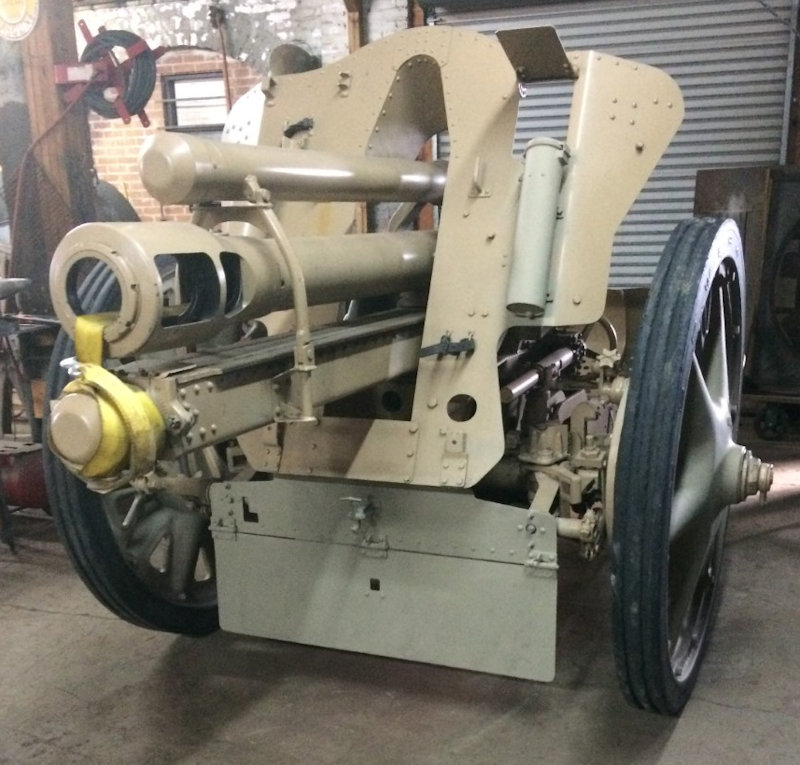
German 10,5cm leichte Feldhaubitze 18M
leFH18M
 |
The German 10,5cm leichte Feldhaubitze 18 Muendungsbremse (10,5cm le FH18M) came into production in the 1940s. It is the longer range variation of the Rheinische Metallwaren und Masschinenfabrik (Rheinmetall) 10,5cm leichte Feldhaubitze 18 (10,5cm le FH18) which went into production in 1935 despite the 1918 designation. The 10,5cm le FH 18M is distinct from the older 10,5cm le FH 18, having a double baffle muzzle brake (Muendungsbremse) and improvements in the recoil mechanism. Its maximum range is 12325 meters, which is a 1650m improvement on the older 10,5cm le FH 18. Both howitzers have essentially the same carriage with a spit trail configuration and a single equilibrator mounted to the right of the barrel. The 10,5cm le FH18 was built to replace the WW1 Era 10,5cm lFH16, however, all three howitzer types continued service in the Wehrmacht until the end of WW2. The 10,5cm le FH 18M and its sub variants can still be seen in service with some nations of the Middle East and Eastern Europe. The 10,5cm le FH18M howitzer was used in some numbers by Iran in the 1980s, Iran-Iraq War and shows up from time to time with militia units in the ongoing war in Syria as late as 2019. In the Former Yugoslavia Crvena Zastava produced a variation of the German 10,5cm le FH18M called the 105mm M56. These have also been widely exported to the Middle East
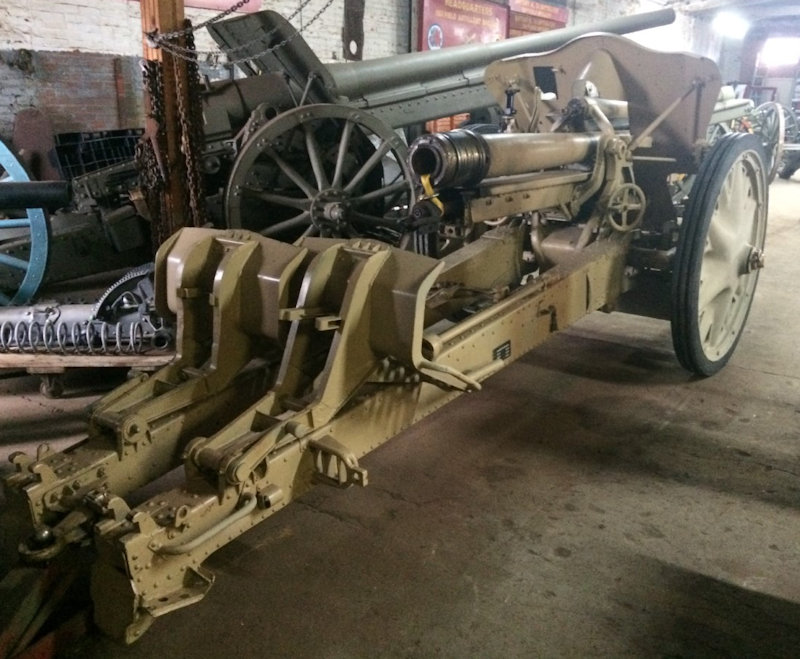 |
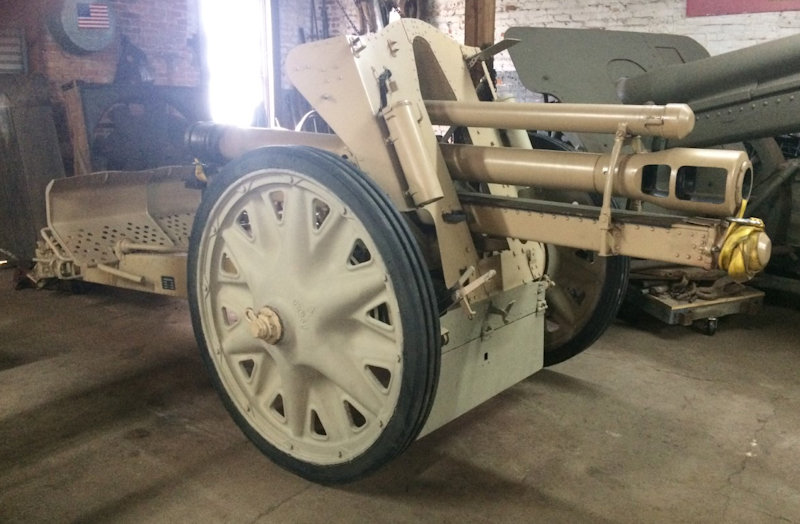 |
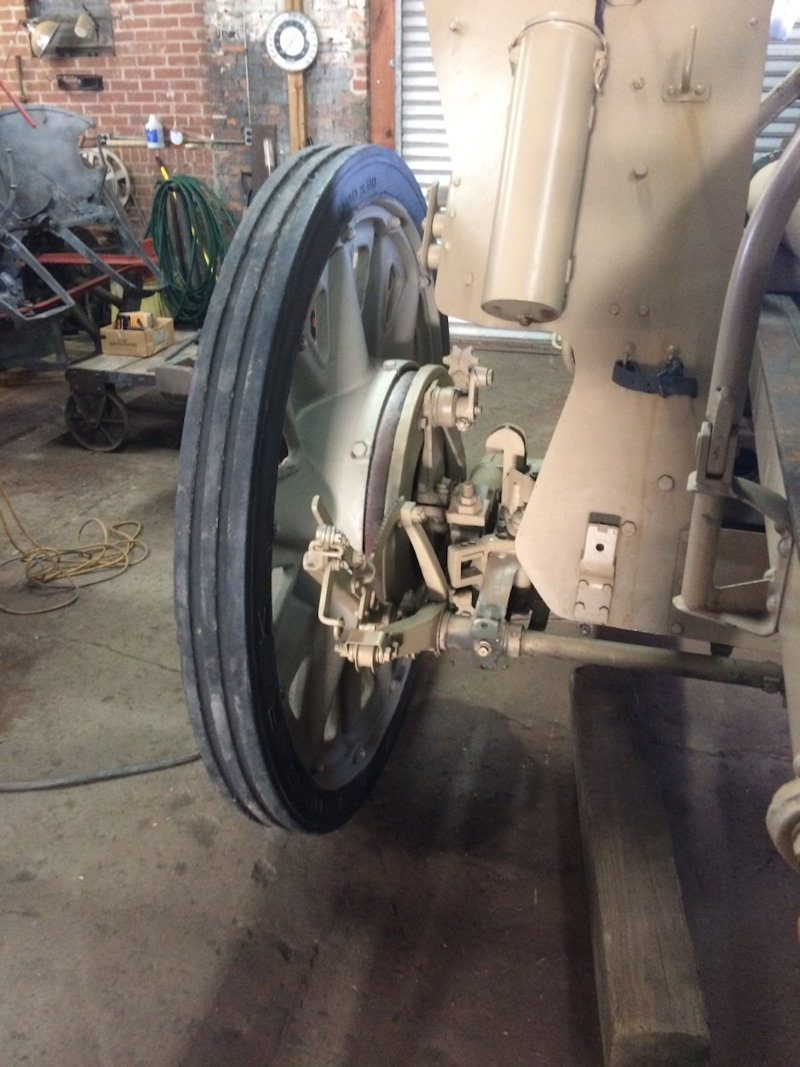 |
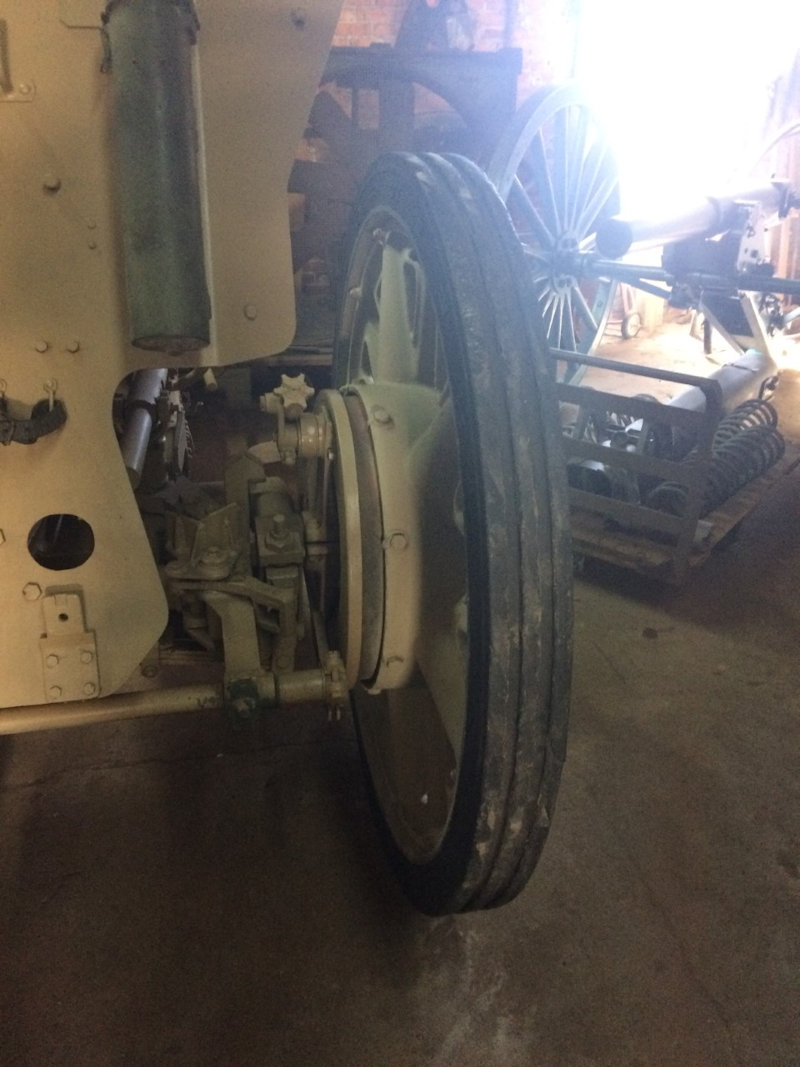 |
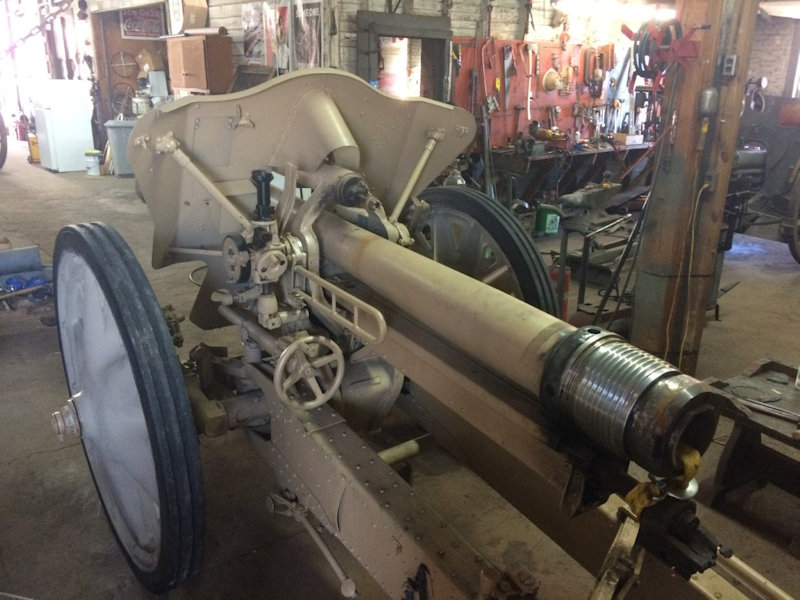 |
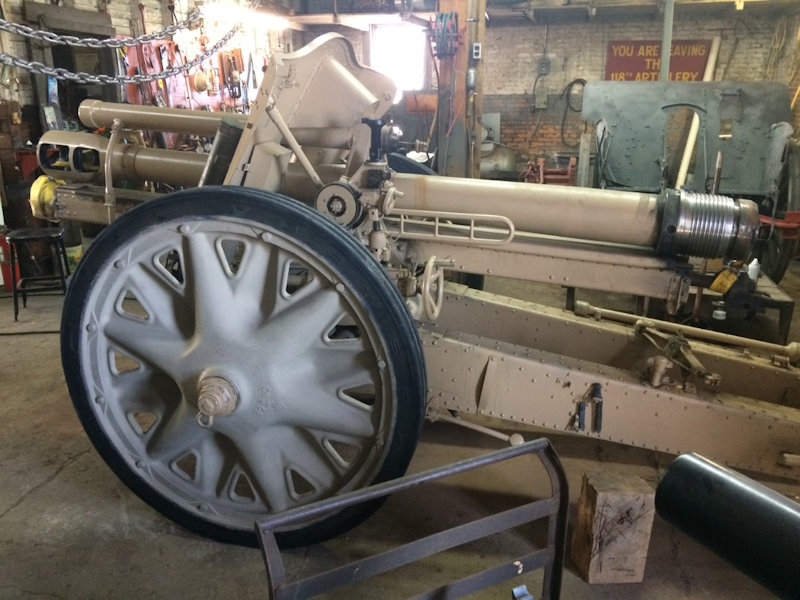 |
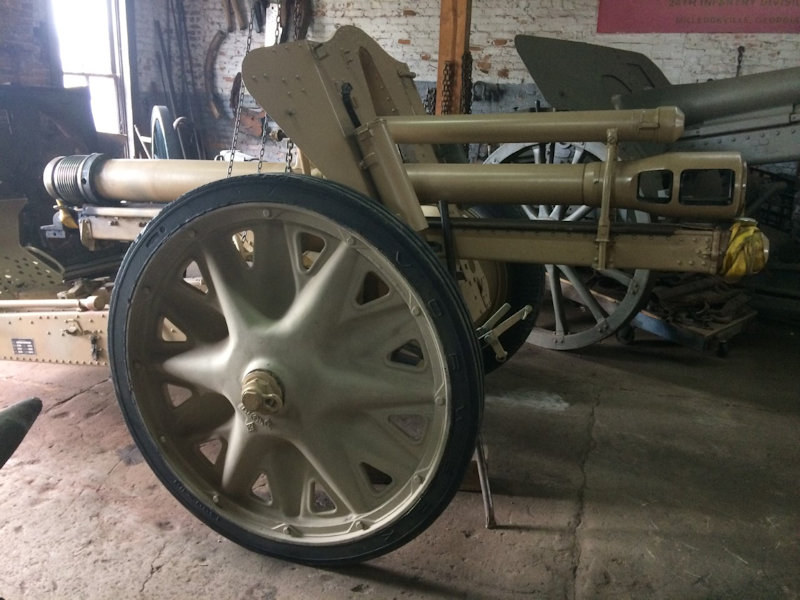 |
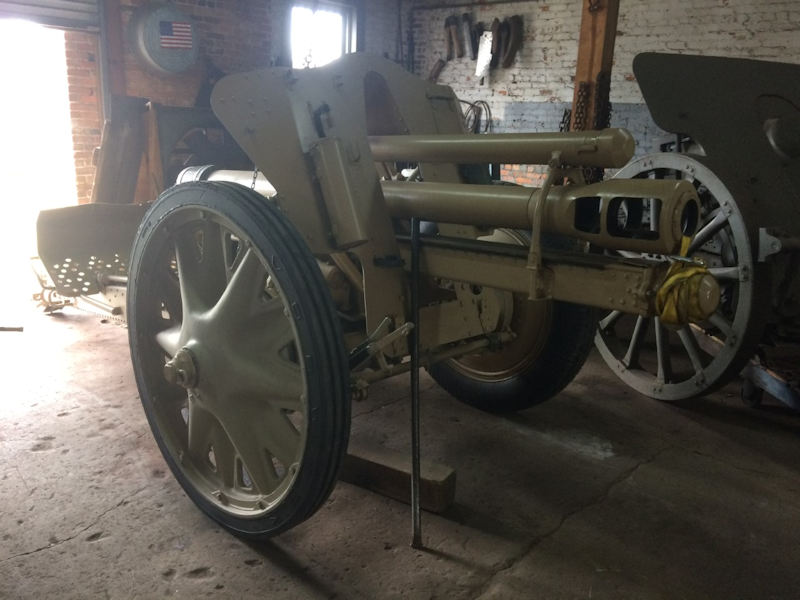 |
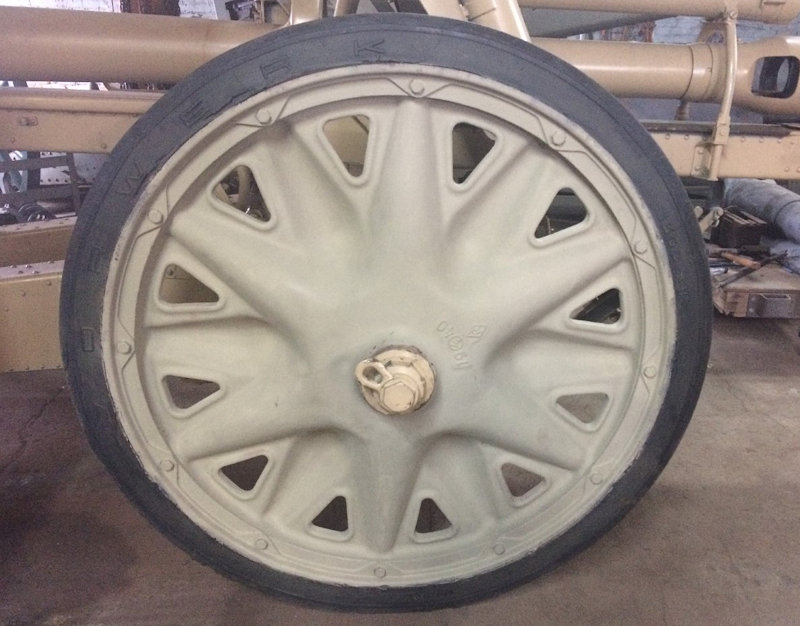 |
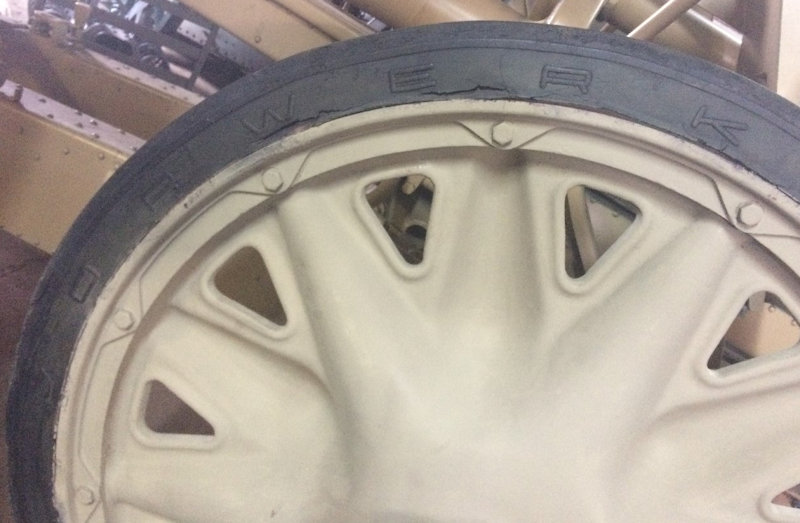 |
 |
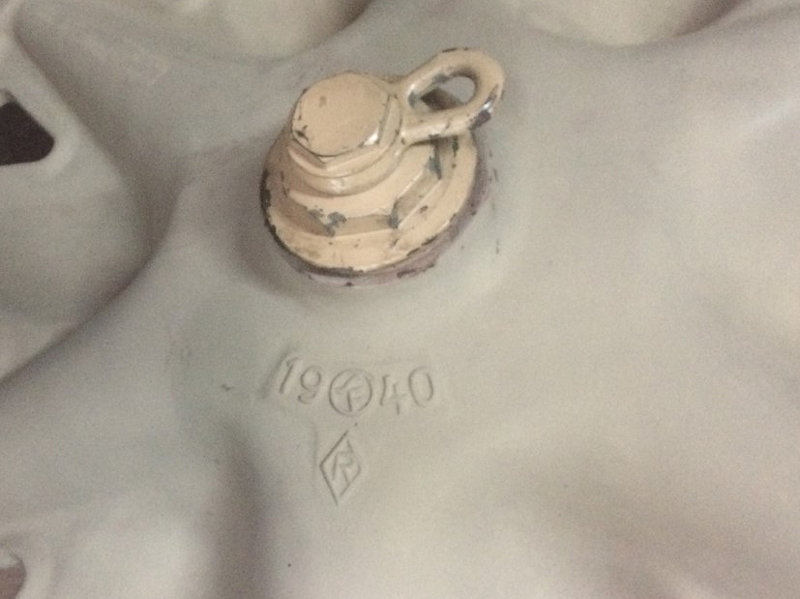 |
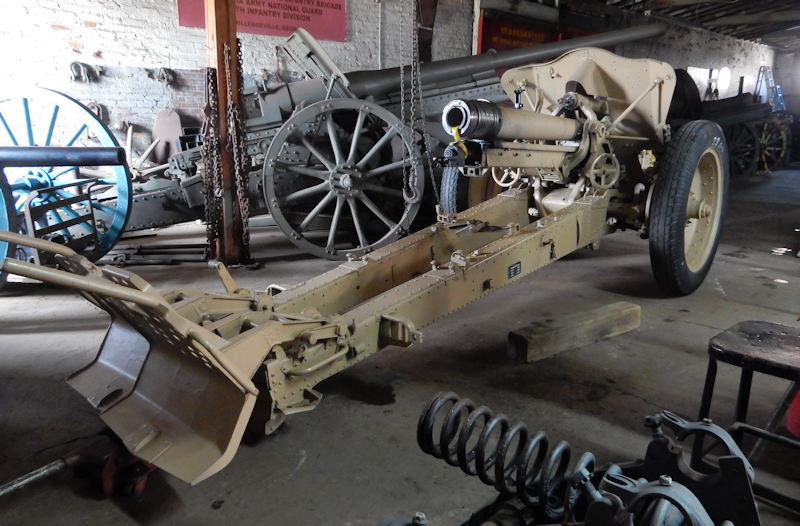 |
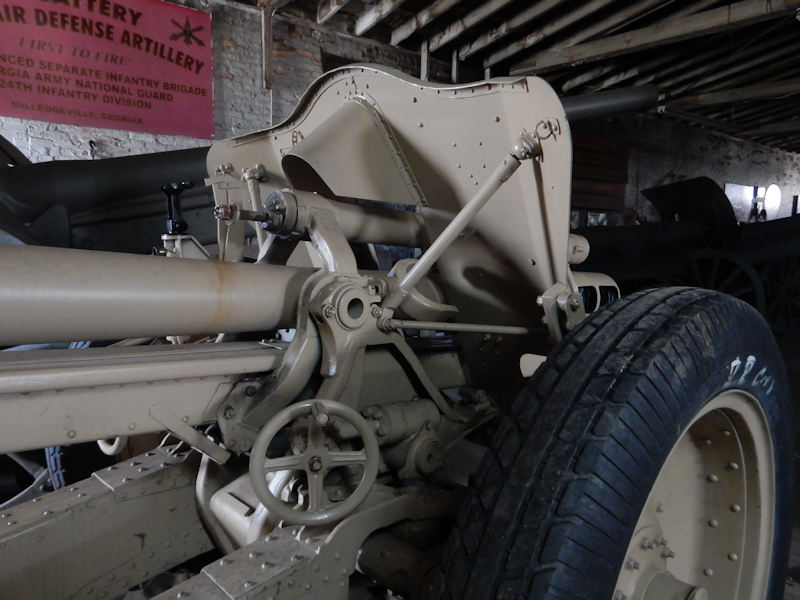 |
As with most German ground equipment in the WW2 Era, the 10,5cm le FH18M was generally horse drawn. A six horse team with three drivers pulled the Limber (Protze) and howitzer. In addition to horse teams, the 10,5cm le FH18M could be transported by a number of motorized vehicle types, including the Raupenschlepper Ost (RSO), and the Opel Blitz. The howitzer in these photos has Post-WW2 Finnish Army wheels
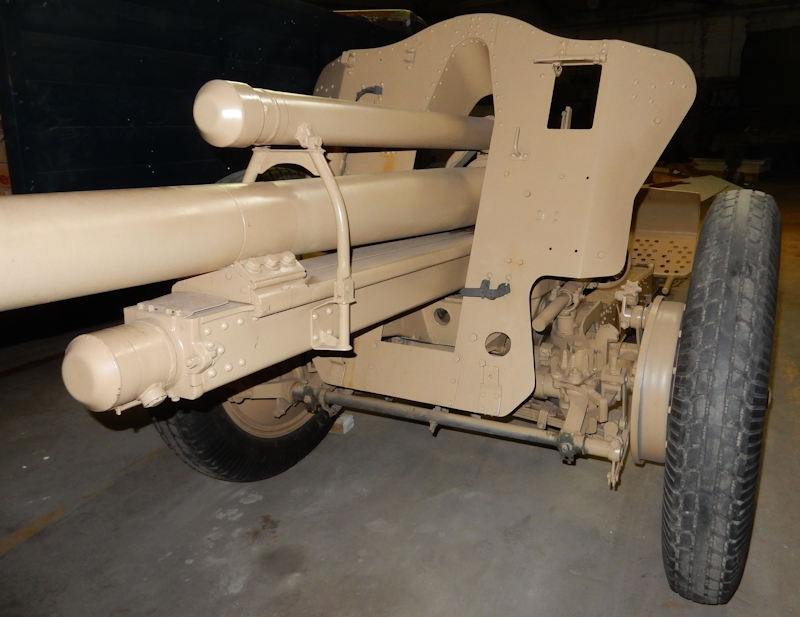 |
Above: The Recuperator Cylinder is above the barrel and the Recoil Cylinder is below
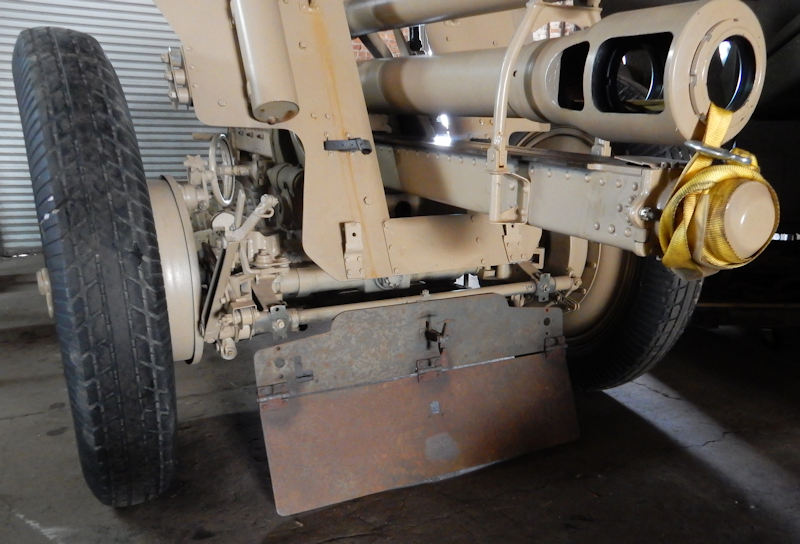 |
Above: The double baffle muzzle brake and the replacement for the missing lower shield, set against the howitzer, are in this photograph
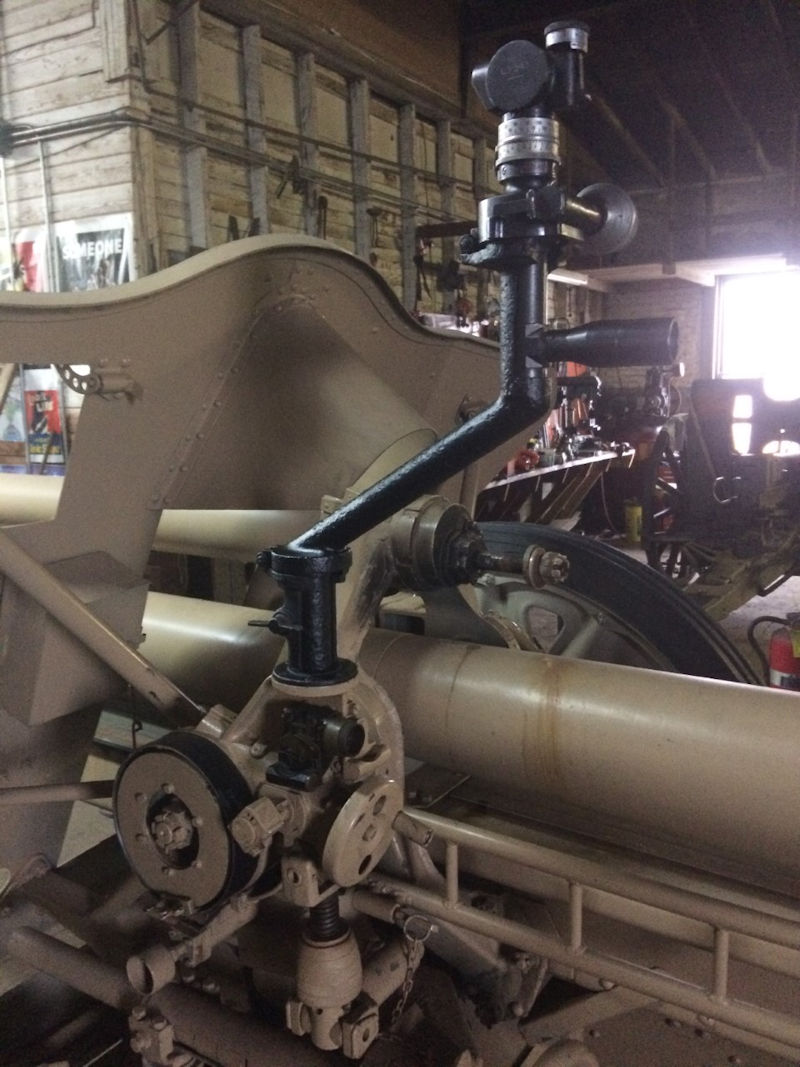 |
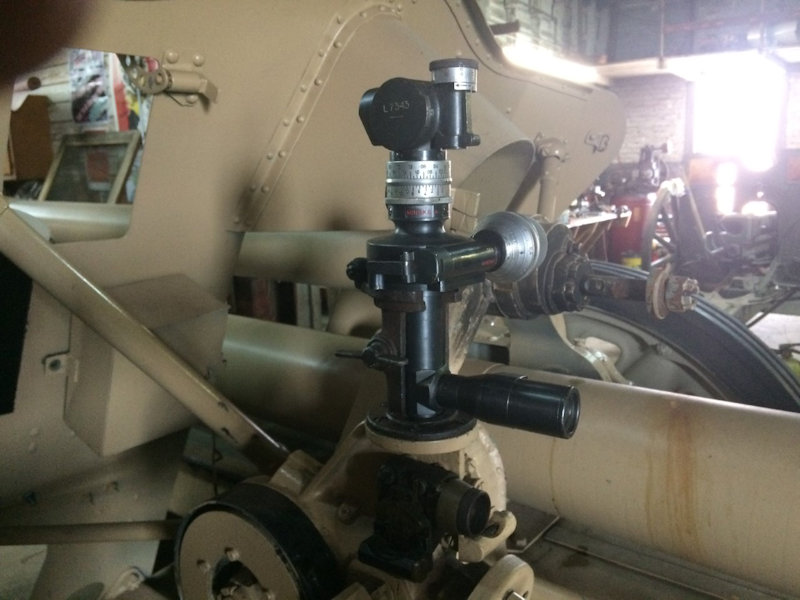 |
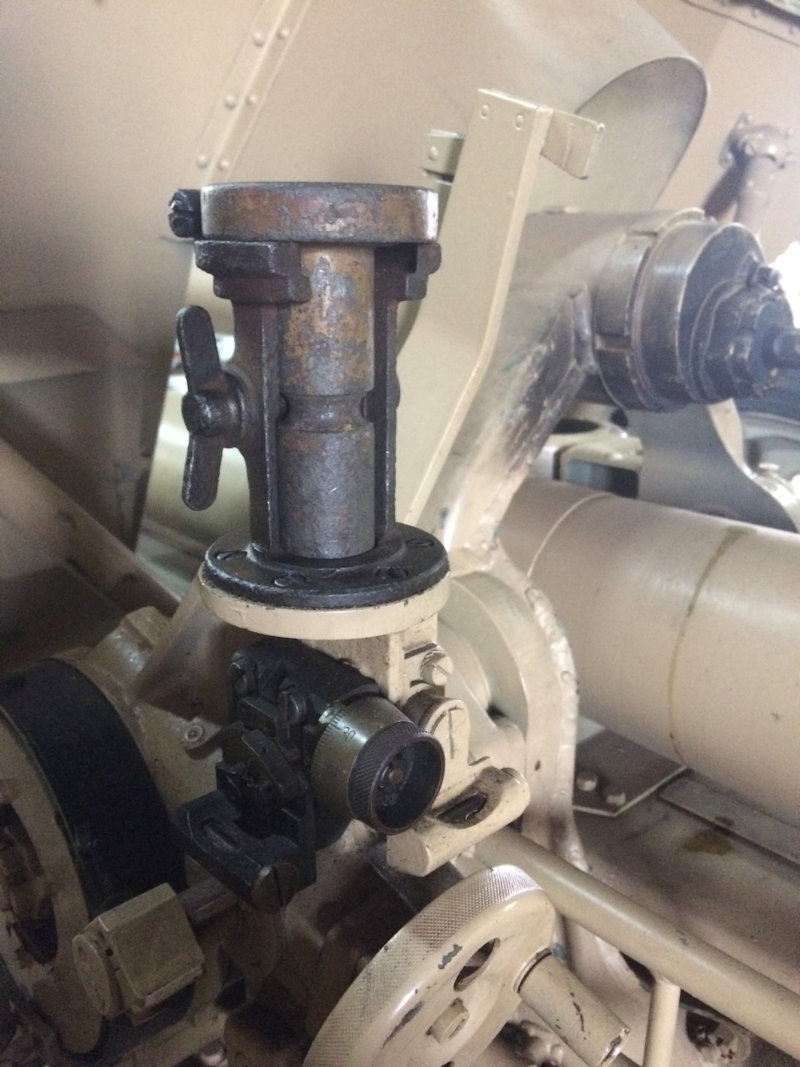 |
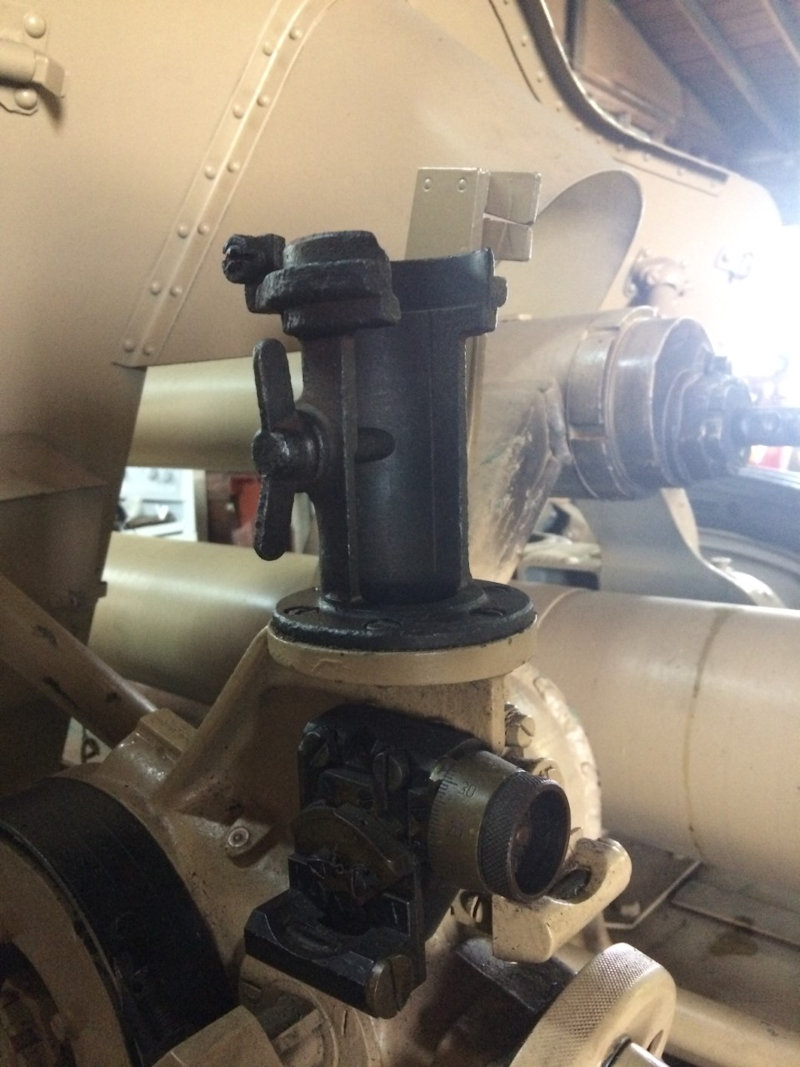 |
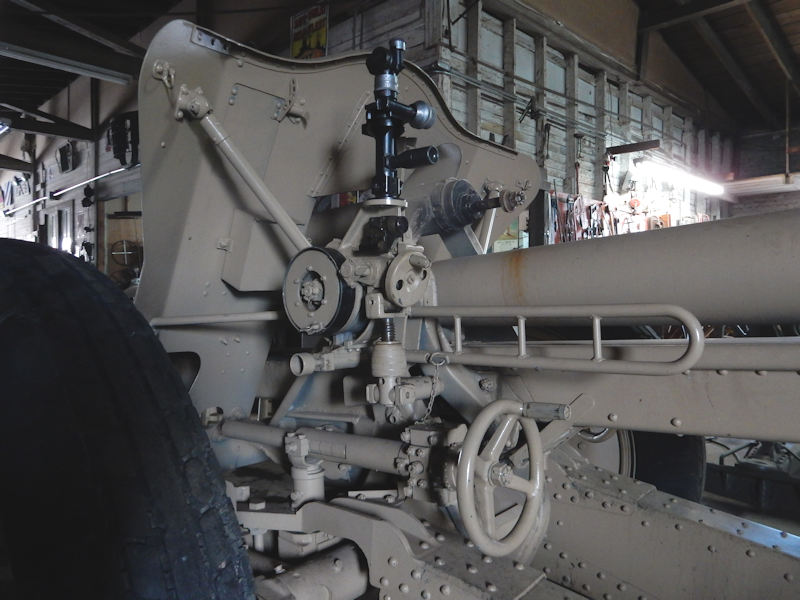 |
Above: The Model 32 (Rundblickfernohr 32) panoramic sight, which is correct for the standard 10,5cm leFH18 but on this 10,5cm leFH18M does not correctly fit the sight mount cup. The traversing mechanism hand wheel are also in this photograph. The Recuperator cylinder is disconnected from the breech ring
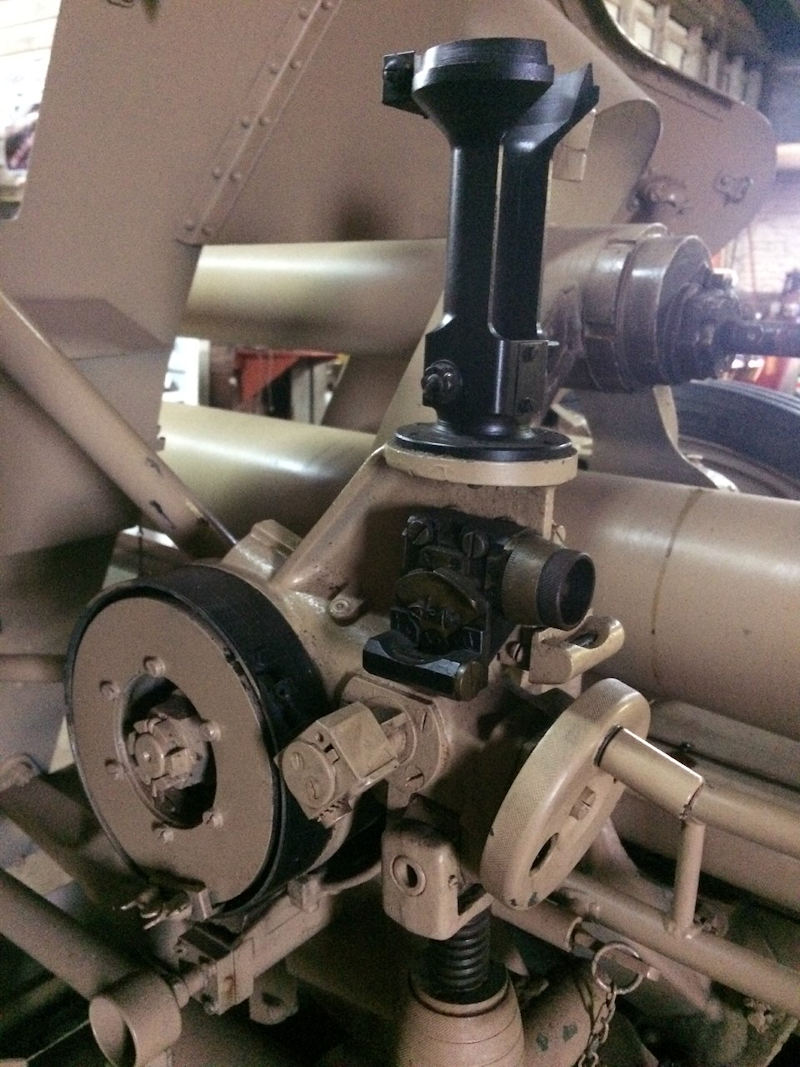 |
Above: The range drum/sight mount
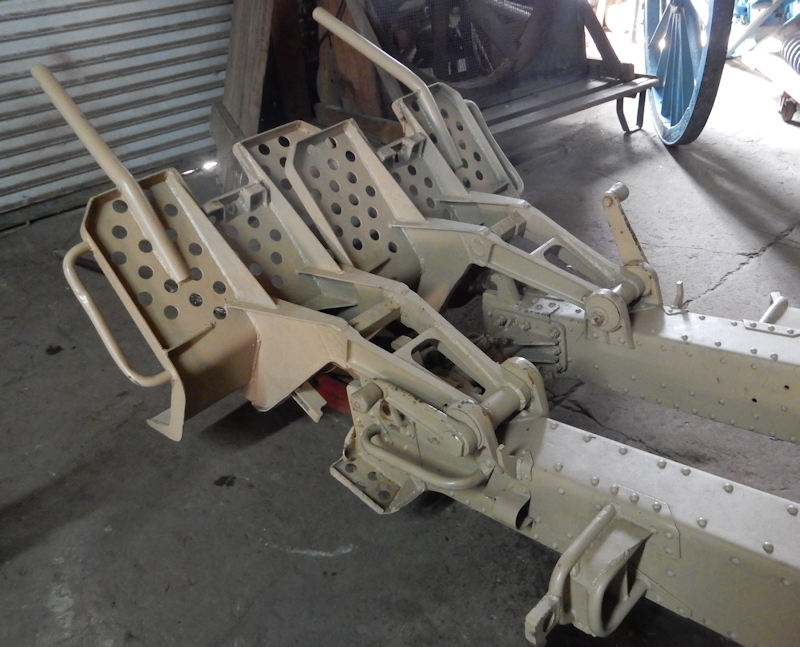 |
Above: The two folding spades for each leg of the split trail
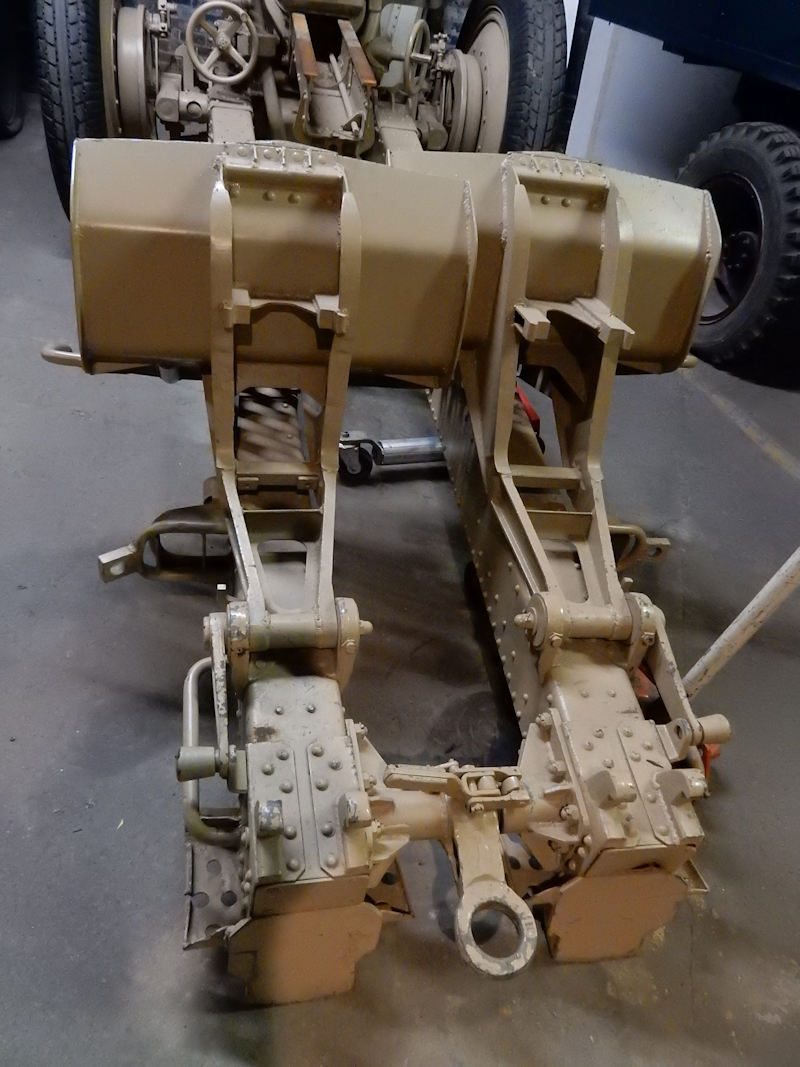 |
Above: The spades folded up on the trail
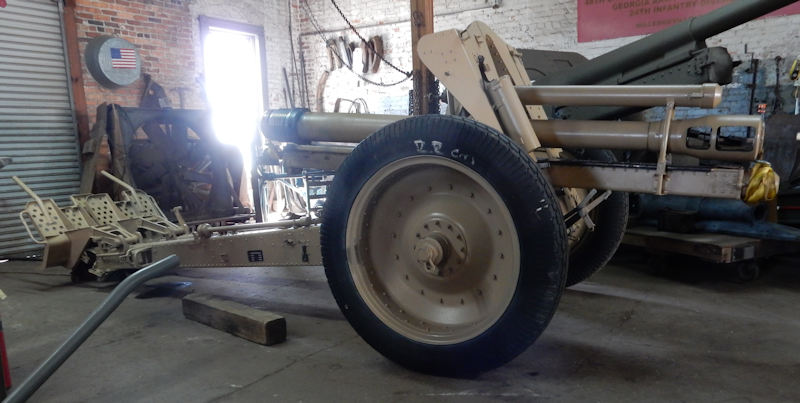 |
Above: The barrel in recoil, with the breech ring removed
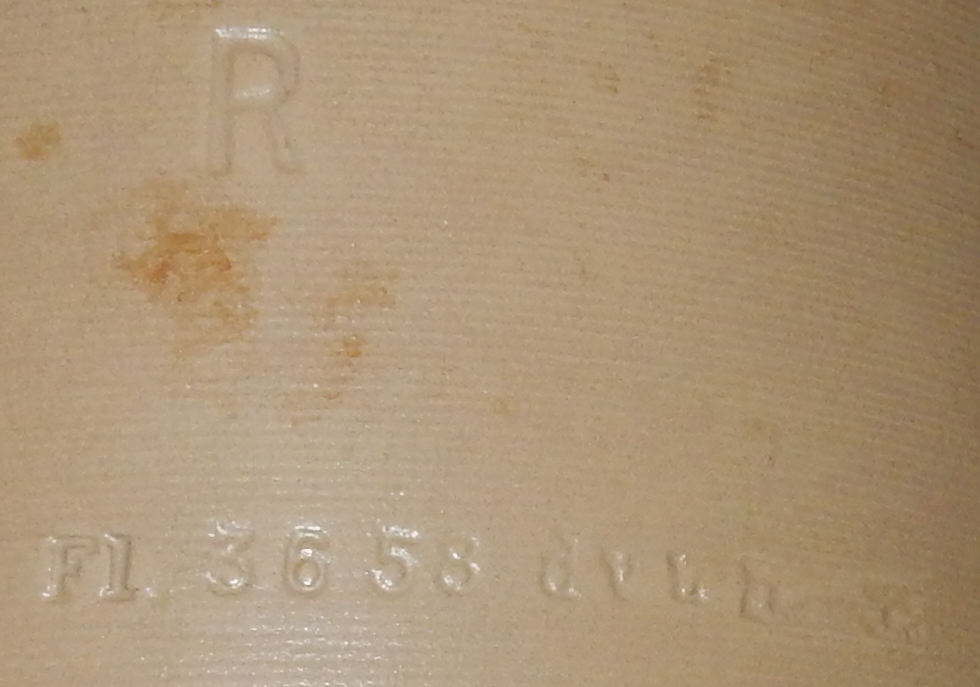 |
Above and Below: The three letter manufacturer’s mark “dvu” is the code for Schichau-Werke (F. Schichau, aschinen- und Lokomotivfabrik, Schiffswerft und Eisengießerei GmbH was an engineering firm and ship yard based in Elbing, Germany. Elbing is now located in Poland and called Elblag. This company was well known for locomotive and U-Boat production including the Seehund class U-Boats manufactured at the Elbing location. Today the company has merged to form Schichau Seebeckwerft
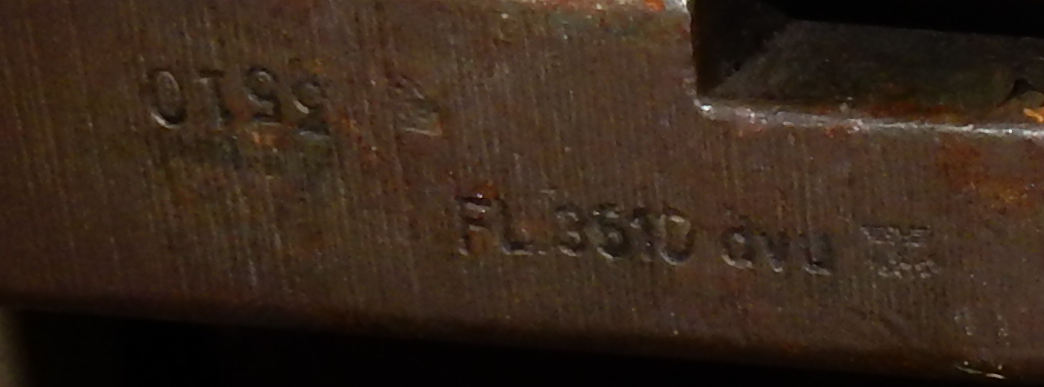 |
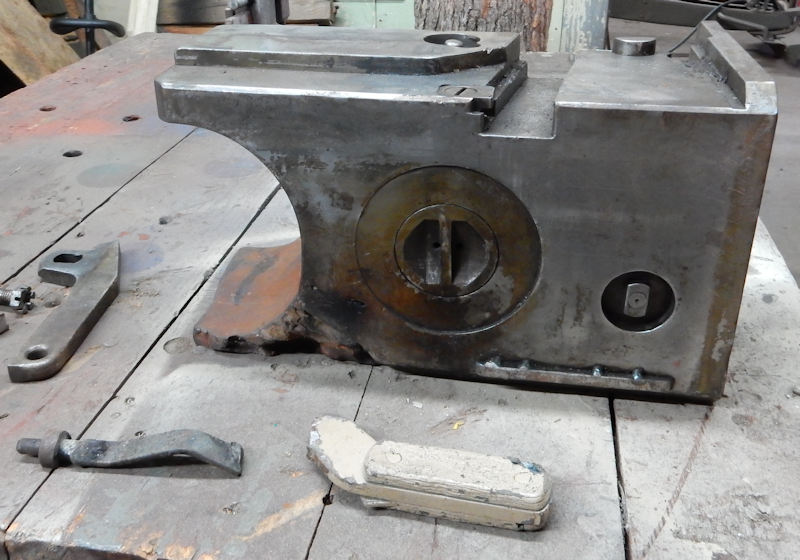 |
Above: The sliding wedge breech block for the 10,5cm le FH 18M
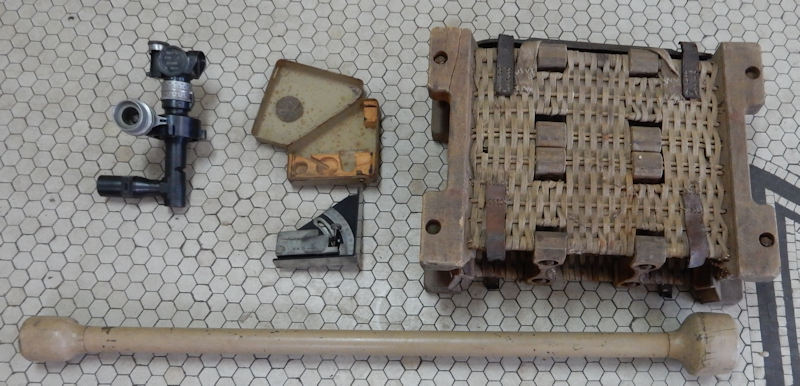 |
Above and Below: A few of the parts I have collected, the Model 32 panoramic sight, the quadrant, ammunition basket, rammer and below the correct WW2 Era German wheels for the 10,5cm le FH18
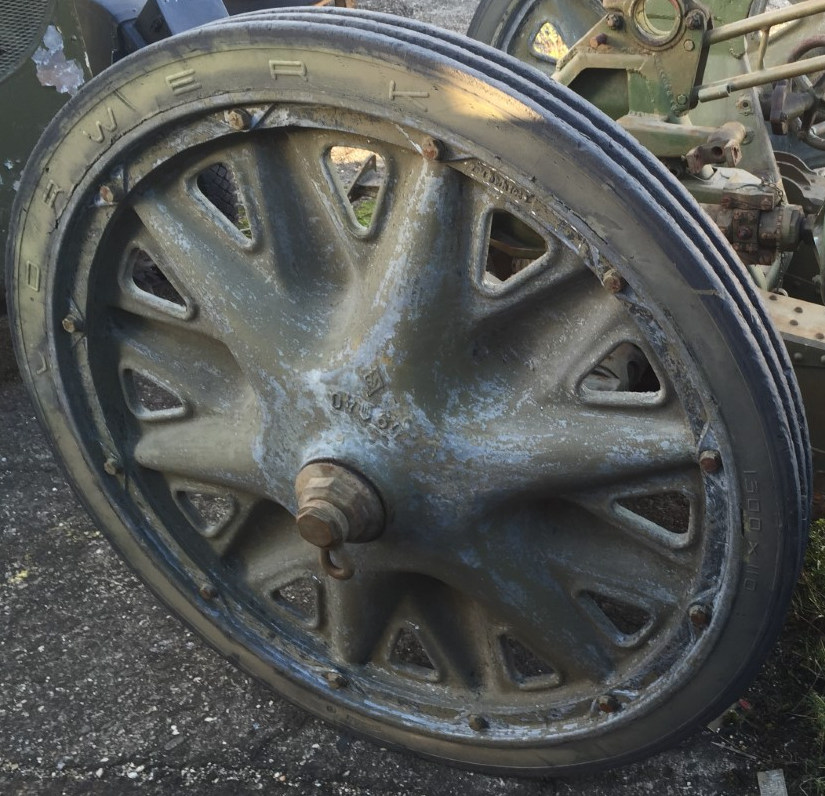 |
All images, research, and text are sole property of Ralph Lovett.